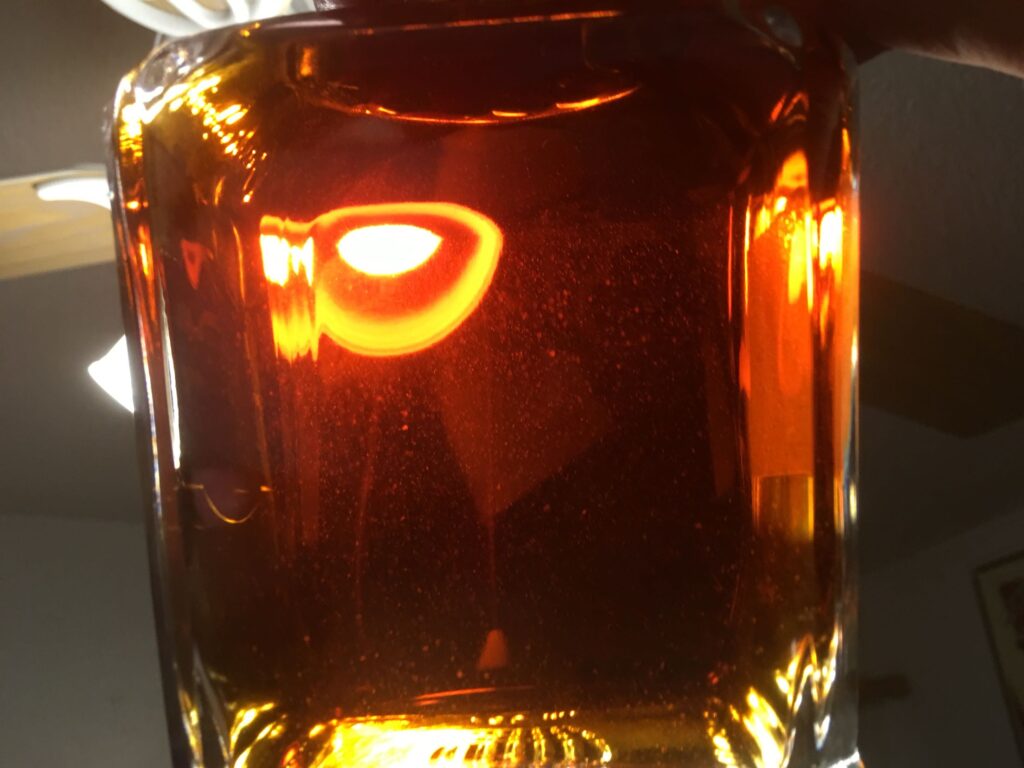
The DCI Model
The buyer intends to illustrate the nuances between different types of consumers, each of which has unique goals and needs.
What is important for consumers is quality. They want to be able to buy and use things that they and other influential people think are good.
Several considerations might encourage collectors: Do they collect all bottles from a certain distillery? Or all OB (original distillery bottling) or IB (independent bottling) bottles (independent bottlers). Are they eager to collect bottles from significant years, such as when they were born, married, or their children? Do they like collecting Bottle No. 1 of every available release? Alternatively, bottle 2, 8, 17, 88, 888, etc.
Returns are what inspire investors. When it comes time to sell their assets, they must ensure that the bottles they buy to appeal to the largest possible audience. As a result, limited editions and single barrel bottlings may be desirable because of their scarcity, which is a critical factor in value appreciation. Buying from “blue chip stocks” or, as we say, “iconic” distilleries is a much more prudent and secure investment.
As brokers, we ask our customers (whether they are drinkers or connoisseurs, collectors, or investors — or a combination of all three) what they are searching for and why, and then we attempt to provide a solution.
We also feel that owners of single malt brands should evaluate this strategy and its methodology to guarantee that their products meet market demand. When a bottle sells out immediately and appreciates rapidly on the secondary market, it has consistently reached the “DCI Sweet Spot,” which appeals to all three buyer types.




